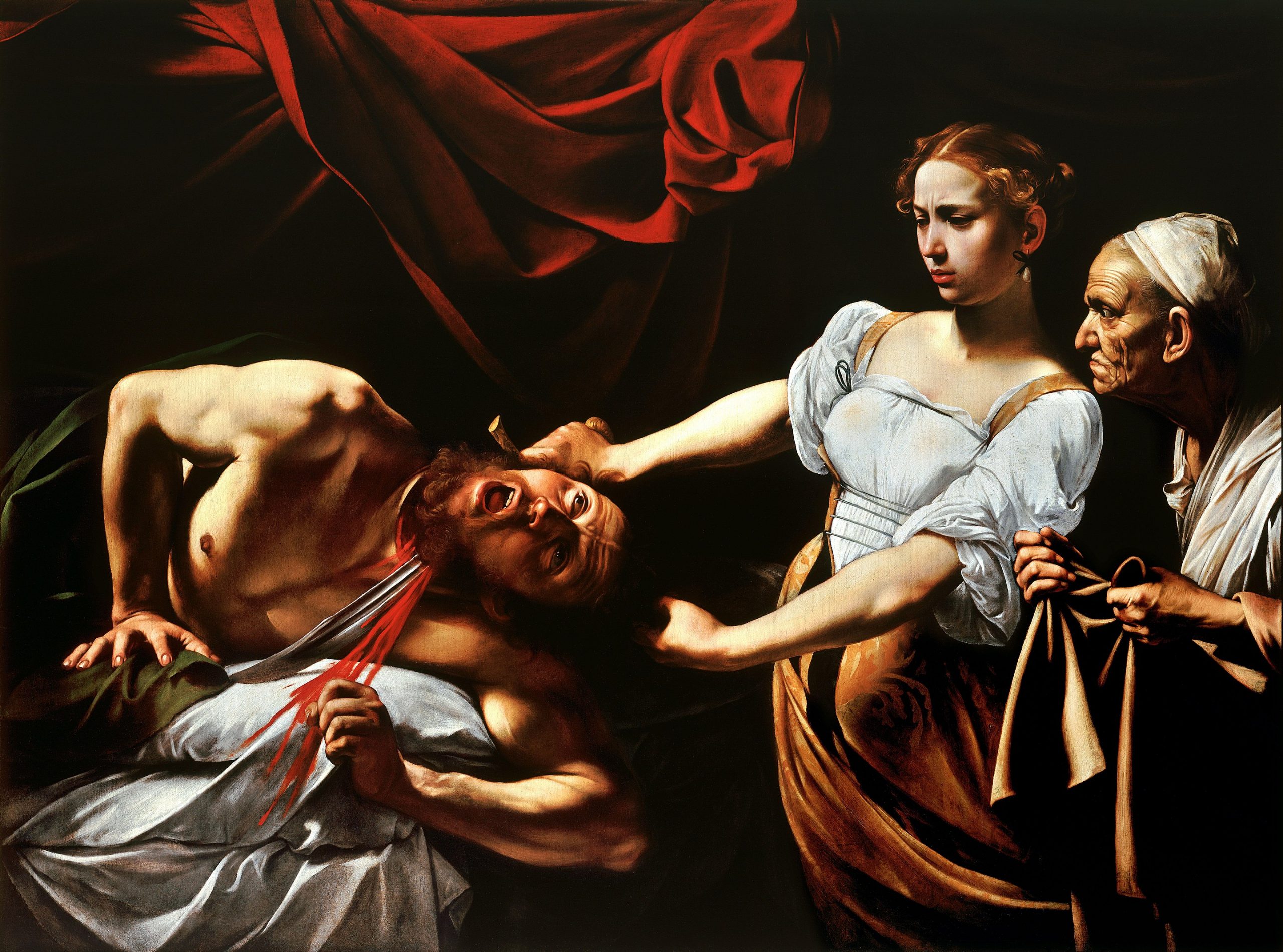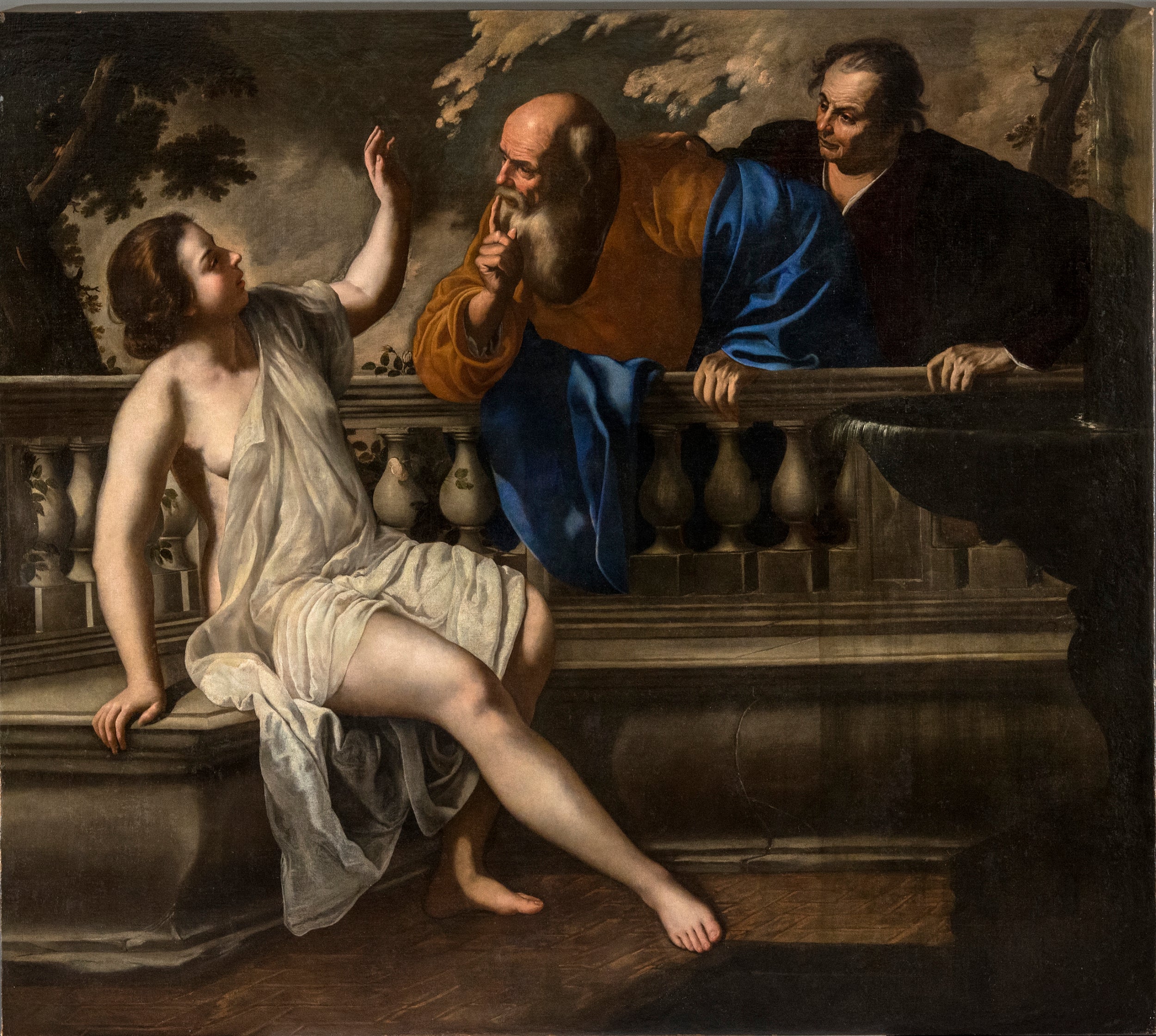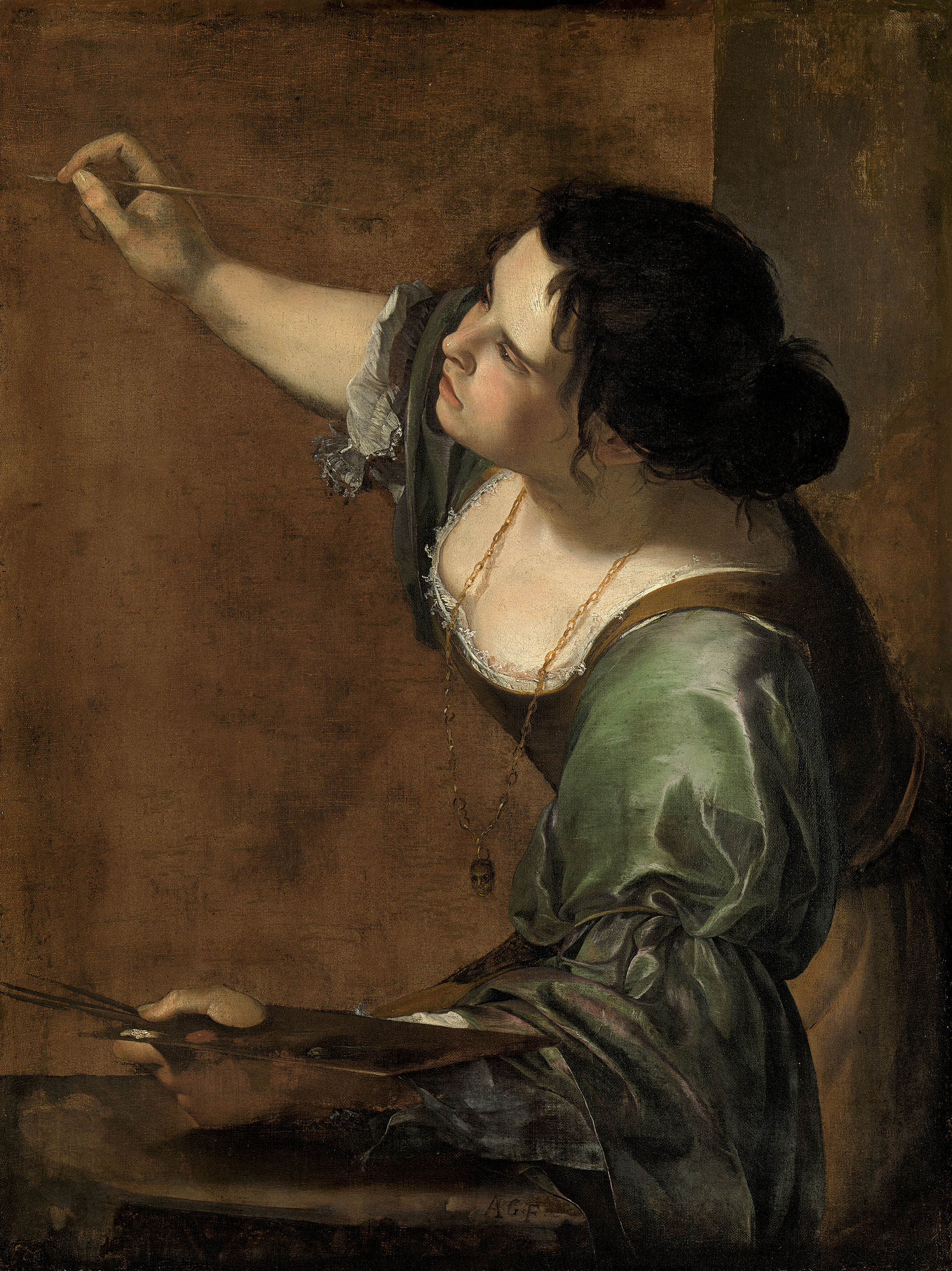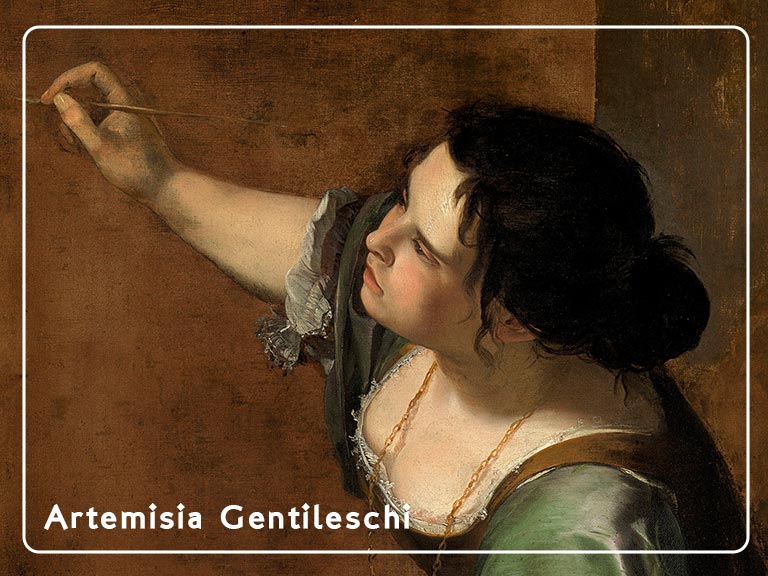Artemisia Gentileschi, an Italian Baroque artist, defied societal norms and emerged as one of the most accomplished painters of her time. Born on July 8, 1593, in Rome, Gentileschi overcame significant obstacles as a woman in the male-dominated art world, leaving behind a remarkable body of work that continues to captivate audiences. Her powerful and emotionally charged paintings, characterised by their intense realism and dramatic lighting, reveal a profound understanding of human emotions and a fearless determination to assert her artistic voice.
As the daughter of the painter Orazio Gentileschi, Artemisia received professional artistic training at a young age. Her father recognised her exceptional talent and nurtured her skills, allowing her to explore various subjects and styles. Influenced by the Caravaggio’s naturalism and chiaroscuro technique, Artemisia developed her own unique style, characterised by a heightened sense of drama, strong female protagonists, and a remarkable attention to detail.
Artemisia’s works often depicted biblical, mythological, and historical narratives that featured strong, courageous women. Her paintings, infused with a sense of feminist empowerment, emphasized the strength, resilience, and agency of her female subjects. The themes of justice, revenge, and female triumph are prevalent in her iconic paintings, reflecting her own experiences and a desire to challenge societal norms.
“Judith Slaying Holofernes” (1614-1620):
One of Artemisia’s most famous and controversial paintings, “Judith Slaying Holofernes,” portrays the biblical heroine Judith beheading the Assyrian general Holofernes. This emotionally charged and graphic depiction showcases Artemisia’s mastery of chiaroscuro and her ability to capture the intensity of the moment. The painting’s composition, lighting, and the determination in Judith’s face all contribute to its dramatic impact.

“Susanna and the Elders” (1610):
In “Susanna and the Elders,” Artemisia depicts the biblical story of Susanna, who is unjustly targeted and sexually harassed by two elders. The painting showcases Artemisia’s adeptness at capturing vulnerability and strength simultaneously. The use of light and shadow adds depth to the composition, highlighting the contrast between Susanna’s innocence and the elders’ sinister intentions.

“Self-Portrait as the Allegory of Painting” (1638-1639):
Artemisia’s self-portrait stands as a testament to her artistic skill and self-assuredness. The painting portrays Artemisia as the personification of Painting, holding a brush and palette, symbolising her identification with her craft and asserting her place within the art world. It is a powerful statement of female creativity and resilience.

Artemisia Gentileschi’s contributions to the art world have received increasing recognition in recent years. Her ability to portray complex emotions, her technical mastery, and her focus on strong female protagonists have cemented her status as a pioneering figure in art history. Today, her works can be found in esteemed museums and galleries worldwide, including the Uffizi Gallery in Florence, the National Gallery in London, and the Metropolitan Museum of Art in New York City.
Artemisia Gentileschi’s indomitable spirit, remarkable talent, and bold artistic vision have left an indelible mark on the art world. Through her emotionally charged paintings and depictions of powerful women, she challenged societal conventions and paved the way for future generations of female artists. Her art continues to inspire and resonate with viewers, reminding us of the enduring power of resilience, determination.
If you would like to receive a roundup of all of our blog posts once a week to keep you inspired in your inbox, why not sign up to our newsletter. You can access our sign up at the top of our page. If you are a London Art College student and you would like your artwork featured here, drop us a line at any time.

